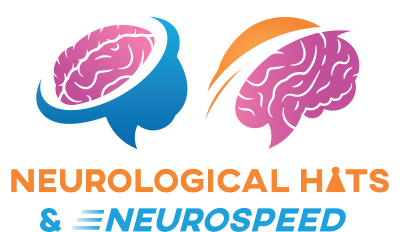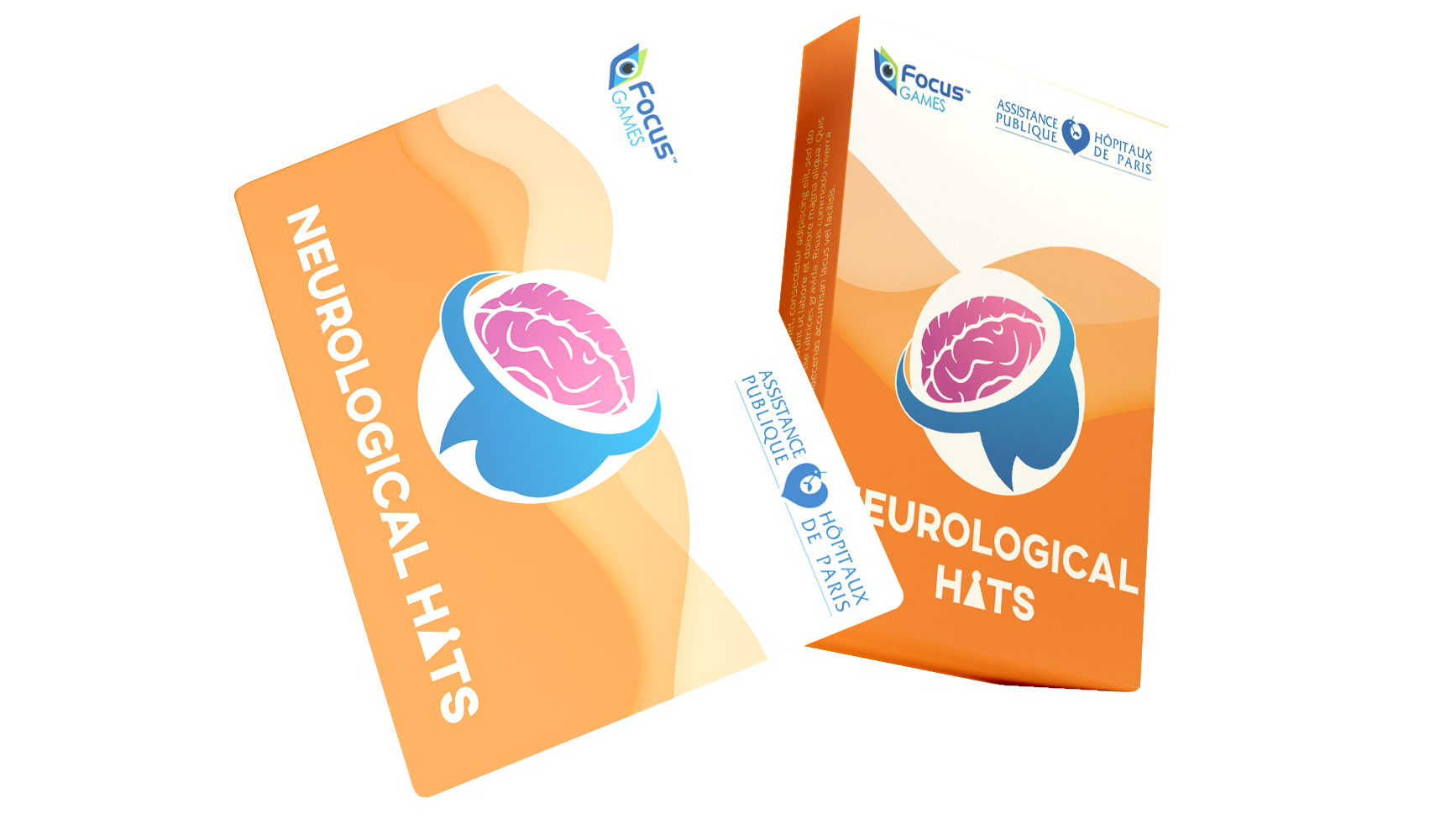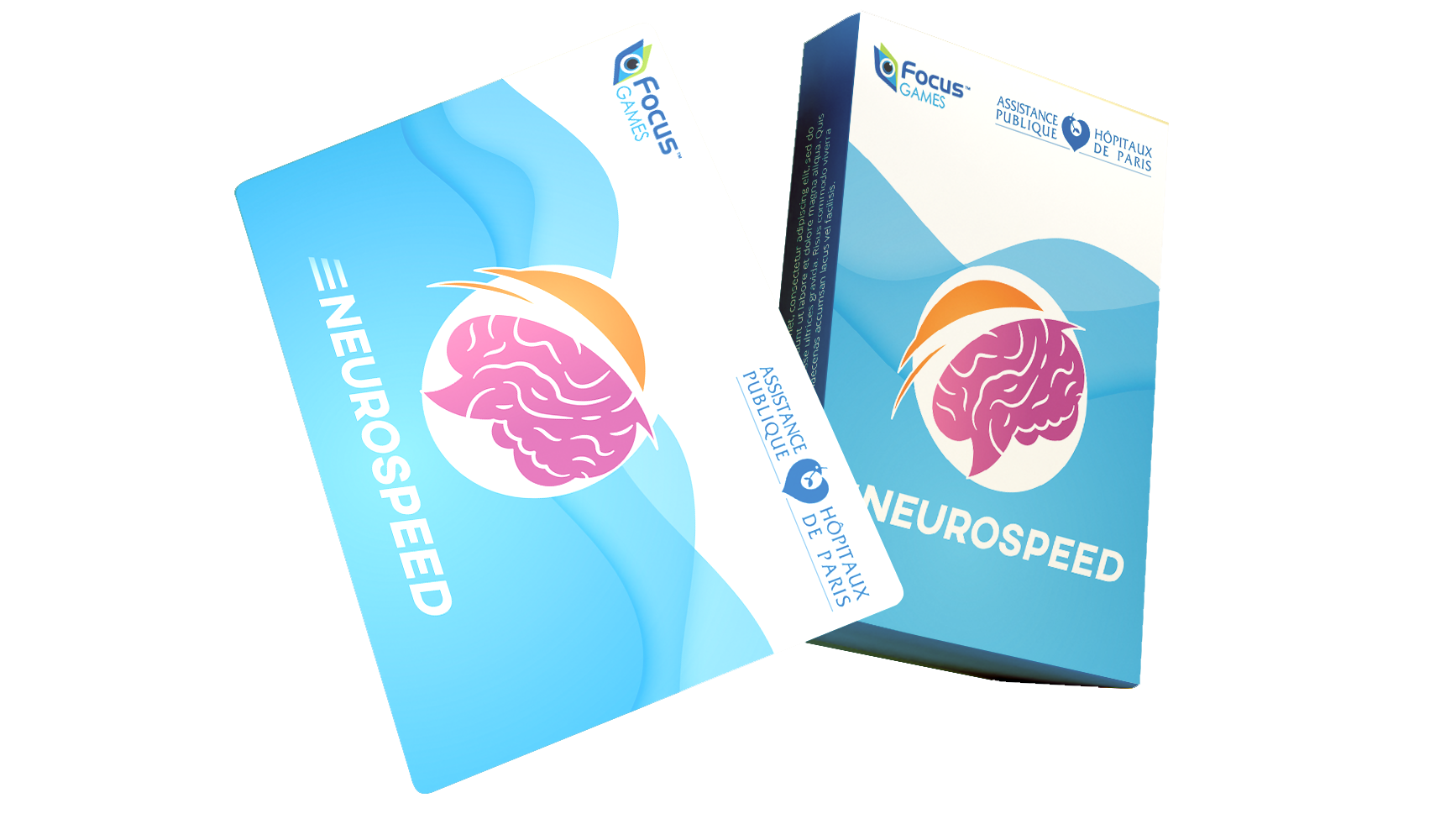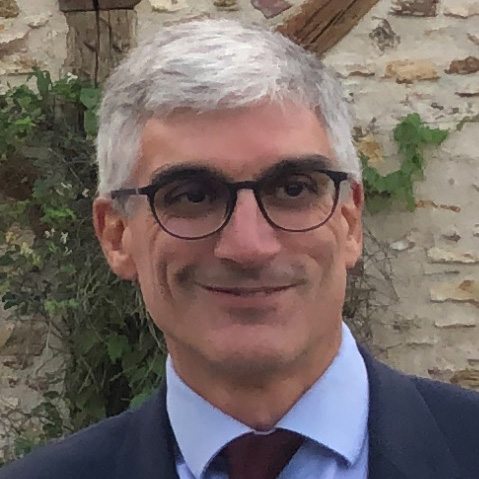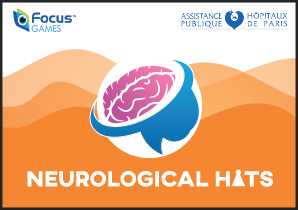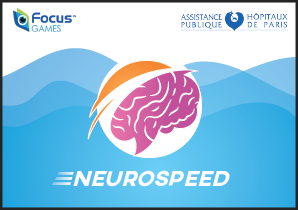Learning neurology is feared by many medical students and healthcare professionals. They must remember dozens of complex terms describing the signs and symptoms that patients present with. Mastering neurological semiology is demanding and causes anxiety which is a barrier to learning.
Educational games can create the perfect environment for relaxed, effective and enjoyable learning. Learning performance improves if students are actively engaged with the many signs and symptoms necessary for a syndromic diagnostic approach.
“Improved knowledge and better exam results”
Better exam results
Students who played Neurological Hats game had better results in the final exam.
Students who played the NHG increased their marks on the day of playing the game but also a few weeks later at the final neurological semiology exam as compared to students who did not participate in the Neurological Hats game.
1 Re v u e n e u r o l o g i q u e 1 7 5 ( 2 0 1 9 ) 5 2 8 – 5 3 3 - The ‘‘Neurological Hat Game’’: A fun way to learn the neurological semiology
2 games make learning enjoyable and effective
We have created 2 card games that allow players to learn and revise the essentials of neurological semiology in a more enjoyable and effective way.
The games were created by highly experienced neurologists who work in clinical practice and as clinical educators. The games are evidence based and have been tested extensively.
Neurological Hats and Neurospeed games are designed to be used in combination.
Both are competitive team games for small groups of between 3 and 10 players. The rules are very simple, and anyone can run a game without support.
The games are used in formal teaching and informally whenever groups want to improve their knowledge and have fun. They are low-cost interactive teaching aids that can be easily implemented in any university or hospital.
Who invented Neurological Hats & Neurospeed?
Development of the games was led by Professor Bertrand Degos, Service de Neurologie at Hôpital Avicenne and Hôpitaux Universitaires de Paris-Seine Saint Denis.
Professor Degos is a specialist in movement disorders. His goal is to improve the learning of medicine by students and for this purpose he developed the games to facilitate the teaching of neurological semiology.
AP-HP (Greater Paris University Hospitals) is a European world-renowned university hospital. Its 39 hospitals treat 8 million people every year:. AP-HP is the leading employer in the Greater Paris area: 100.000 staff members – doctors, researchers, paramedical staff, administrative personnel and workers – work there.
The AP-HP contributes to the training of 4577 medical students in the 7 medical faculties associated with the hospitals.
The AP-HP's international outlook is a major asset with numerous scientific and research collaborations.
The collaboration between AP-HP and Focus Games is to extend the training mission of AP-HP to other French and international students.
Are Neurological Hats & Neurospeed effective?
Evaluations were published in 2019 and 2022:
"We recently published two articles showing respectively that the Neurological Hats and Neurospeed games are useful teaching tools that complement traditional courses. Our evaluations show that these two card games allow students to learn and progress in neurological semiology, while having fun in a student-centered way. Students were very satisfied with the games and want this type of teaching to be extended to other specialties."
Professor Bertrand Degos, Service de Neurologie, Hôpital Avicenne, Hôpitaux Universitaires de Paris-Seine Saint Denis
B. Garcin, L.L. Mariani, A. Meneret, M. Mongin, C. Delorme, F. Cormier, M.-C. Renaud, E. Roze, B. Degos, The “Neurological Hat Game”: A fun way to learn the neurological semiology. Revue Neurologique, Volume 175, Issue 9, 2019, Pages 528-533, ISSN 0035-3787,
Teaching neurological semiology via the “Hat Game” is an interesting method because it is student-centered, playful and complementary to the lecturer-centered courses.
Zeidan, S., Baltaze, S., Garcin, B. et al. The “Neurospeed” game: a fun tool to learn the neurological semiology. BMC Med Educ 22, 224 (2022).
This study shows that the Neurospeed game improves short-term learning of neurological semiology and is much appreciated by students. Indeed, most students strongly agreed that it is a playful, useful and stimulating game.


